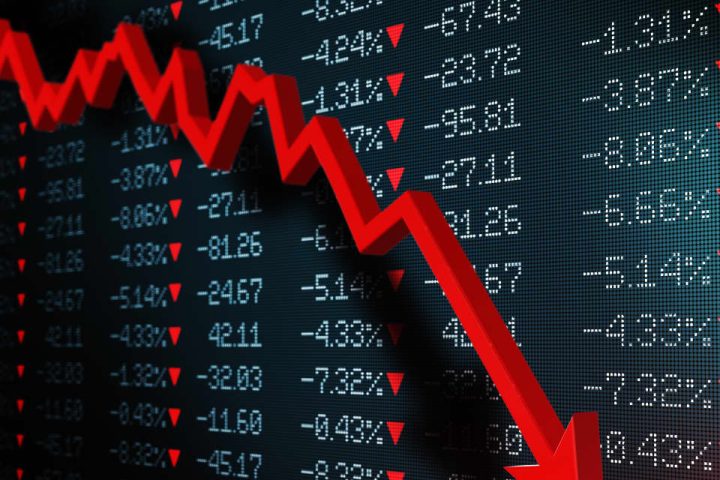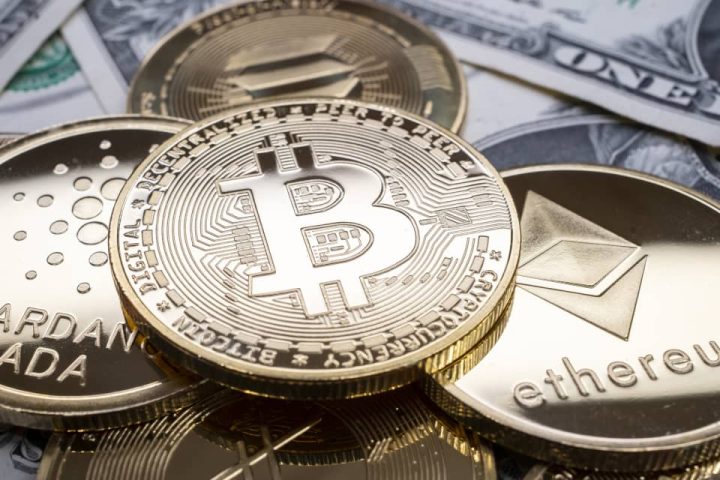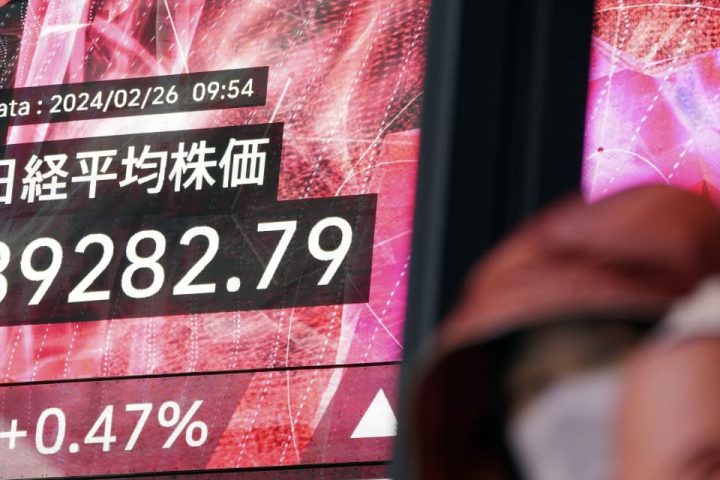U.S. stocks may have some room to keep up their bullish run before the Federal Reserve’s first interest-rate cut — despite a jump in volatility after Tuesday’s hotter-than-anticipated inflation data, according to DataTrek Research.
The S&P 500 index
SPX
fell a sharp 1.4% Tuesday for its biggest drop since Jan. 31, but remains up this year as well as since the Fed’s last rate hike on July 26, FactSet data show. The index, which measures the performance of large-cap stocks in the U.S., was rebounding Wednesday afternoon, rising around 0.6%.
Since the central bank’s July rate increase, the S&P 500 has climbed 8.5%, “following the playbook of the index tending to rally in the year after the Fed stops raising near-term rates,” said Jessica Rabe, co-founder of DataTrek, in a note emailed Wednesday. “History says the S&P has room to rally still after seven months in,” as it usually exceeds the long-run average price return of 9-10% “a year after the Fed’s last hike,” she wrote.
“The only exception was in the year after the Fed’s last rate increase” in 2000, “during the bursting of the dot-com bubble,” she noted. “Aside from that one instance,” Rabe found that the S&P 500 was up an average 28% “over the next year following a rate-hike cycle.”
“One important caveat to keep in mind: the Fed started cutting rates within a year after the end of most (3 out of 4) of these tightening cycles,” she wrote. The central bank “has not yet started a rate-cut cycle given a strong U.S. labor market and stubbornly high inflation,” as seen in the inflation data detailed in the consumer-price index on Tuesday.
Volatility in the U.S. stock market jumped Tuesday as investors digested the CPI inflation report.
The CBOE Volatility Index
VIX,
the stock market’s so-called fear gauge that trades under the ticker VIX, surged to almost 18 during intraday trading on Tuesday, FactSet data show. But “even a 17 VIX is not back to the long run average of 20,” said DataTrek co-founder Nicholas Colas in the firm’s note.
“We are still comfortably in the VIX range that conforms with a bull, not bear, market,” he said.
The VIX ended Tuesday’s at 15.85, marking the first time that it closed above 15 since Nov. 9, according to Dow Jones Market Data. On Wednesday afternoon, the gauge was trading at around 14.8.
The VIX’s “spike” on Tuesday was a sign that “the market is back to worrying that the Fed will keep interest rates too high for too long and cause an economic downturn,” according to Colas.
The Fed has held its benchmark rate at 5.25% to 5.5% since July, after aggressively raising it to battle inflation that had surged in 2022 to the highest level in about four decades. While inflation remains significantly below its June 2022 peak, the CPI data released Tuesday showed that its pace sped up in January.
The consumer-price index showed that U.S. inflation rose 0.3% in January, accelerating from a 0.2% increase in December, for a year-over-year rate of 3.1%, according to a report from the Bureau of Labor Statistics on Tuesday. So-called core inflation, which excludes food and energy prices, climbed 0.4% last month for an annual pace of 3.9% through January, the CPI data show.
Hotter than expected
The latest CPI report came in “hot,” with core inflation running “too high” in January at 0.4%, said Bob Elliott, founder and chief investment officer at Unlimited Funds, in an interview Tuesday on the sidelines of the Exchange ETF conference in Miami.
While U.S. inflation has been trending down toward a range that might work with the central bank’s goal of 2% annually, settling above 3% would not be “tolerable” for the Fed, in Elliott’s view. Economic conditions on the margin have been “hotter” than the central bank would like, with wage growth running a little too high in the “income-fueled expansion,” he said.
Stocks sold off as Treasury yields surged Tuesday on the inflation report.
The rate on the 10-year Treasury note
BX:TMUBMUSD10Y
jumped 14.5 basis points to 4.315%, the highest yield since Nov. 30 based on 3 pm. Eastern Time figures, according to Dow Jones Market Data. The 2-year Treasury yield
BX:TMUBMUSD02Y
soared 18.7 basis points to 4.654%, its highest rate since Dec. 12.
Traders in the federal-funds futures market began scaling back expectations for Fed rate cuts this year after the CPI data was released Tuesday, Elliott noted.
Fed-funds futures now point to the Fed reducing rates around four times this year based on 25-basis-point cuts, with traders anticipating the central bank may begin lowering rates in June, data from the CME FedWatch Tool show at last check on Wednesday.
“The odds for rate cuts this year based on fed-funds futures are finally getting close” to the Fed’s projections of potentially three rate cuts this year, said Colas. “The Fed and markets are finally on the same page.”
DataTrek remains “bullish” on U.S. large-cap stocks, the firm’s note says.
But while the U.S. stock market may get an “early lift” from the Fed’s first rate cut, history shows it may not last, according to DataTrek.
“U.S. equities have usually gotten a bounce in the month following the Fed’s first rate cut after its four tightening cycles since 1990, but results are mixed in the three months and year after,” said Rabe. “It’s important to remember that sometimes rate cuts come too late to ‘save’ equities, depending on the macroeconomic and geopolitical environment.”
So far this year, the S&P 500 has risen more than 4% after notching a series of record highs, according to FactSet data at last check. That’s after the index surged 24.2% in 2023.
Read the full article here







